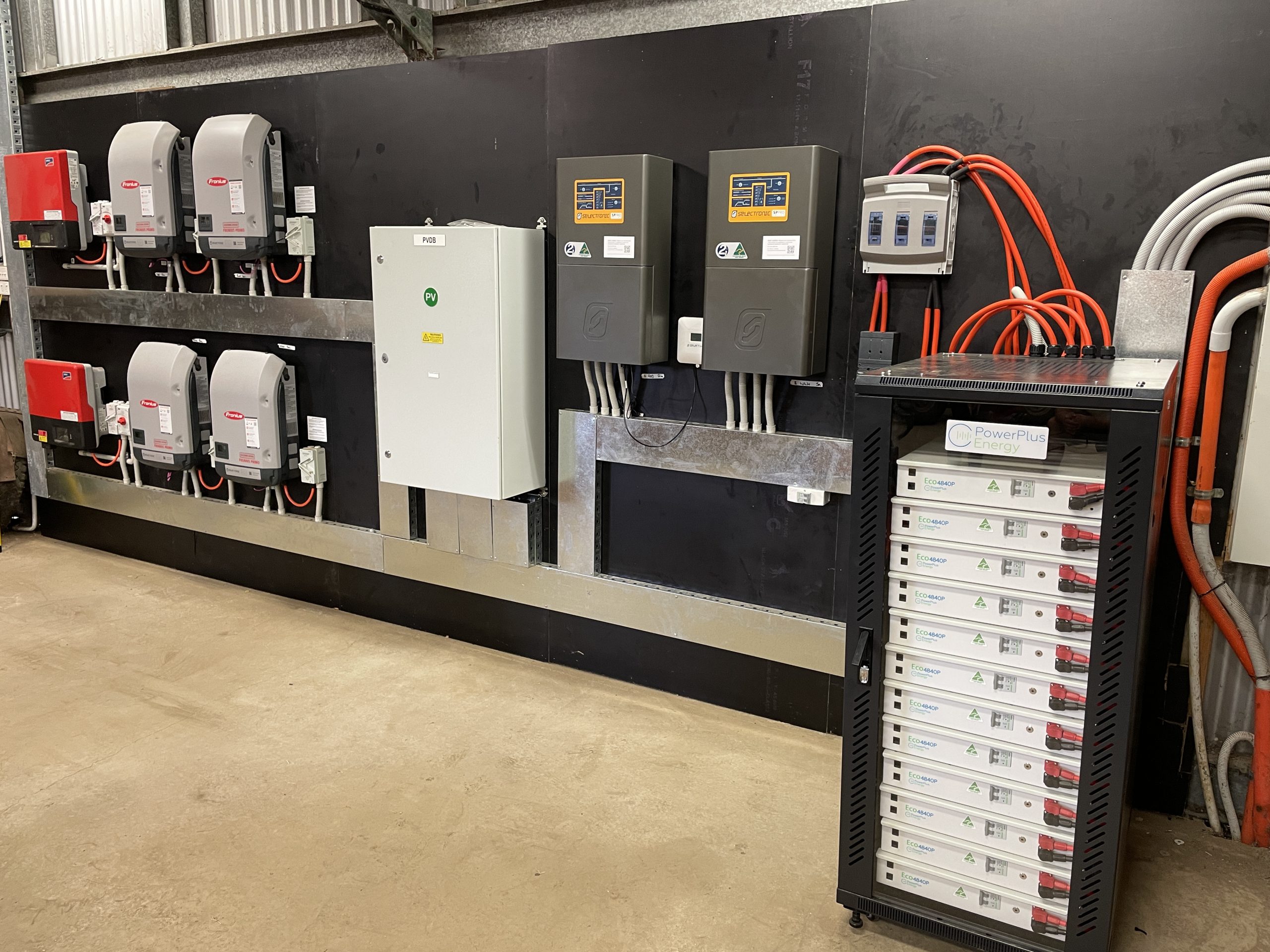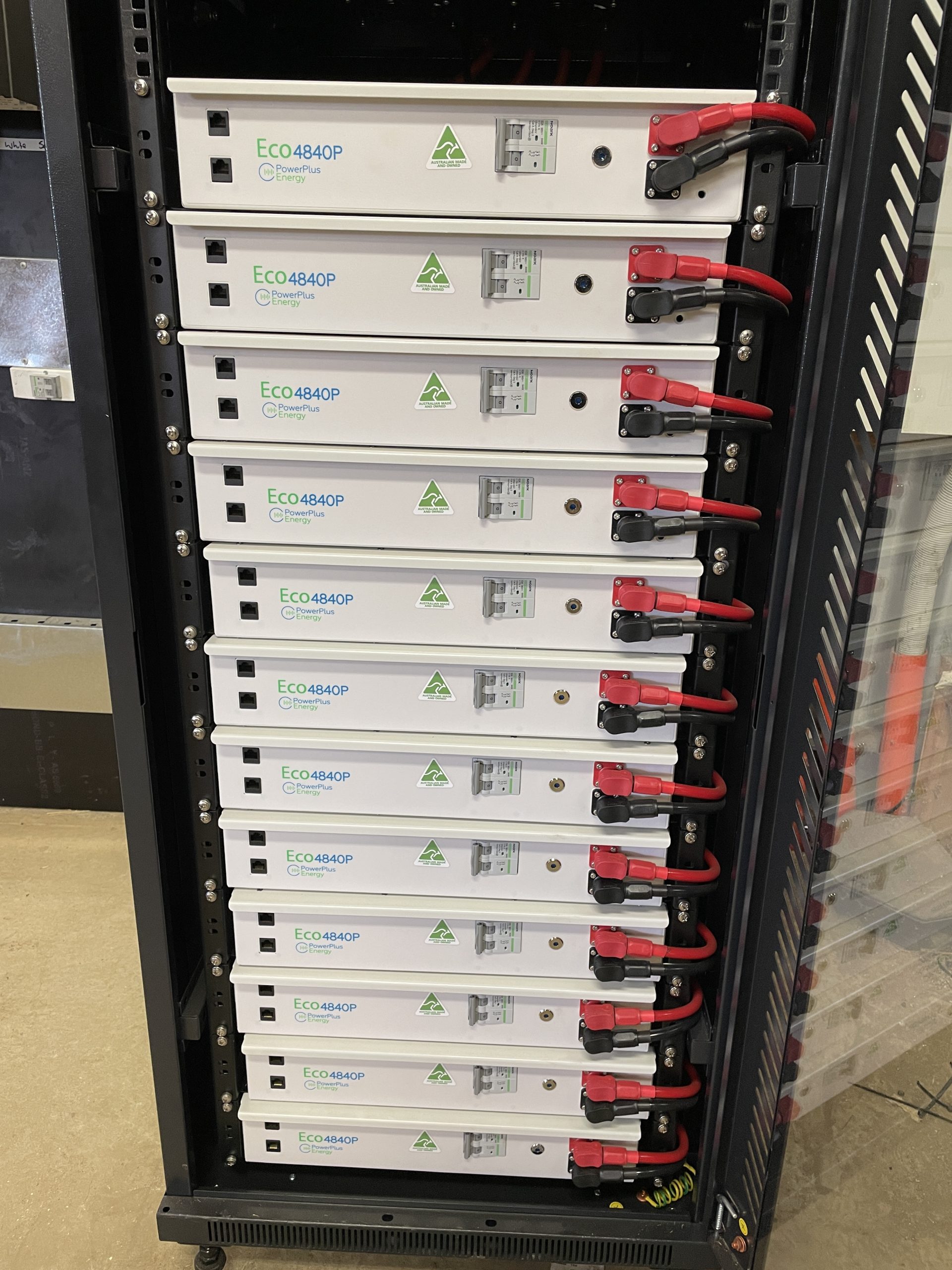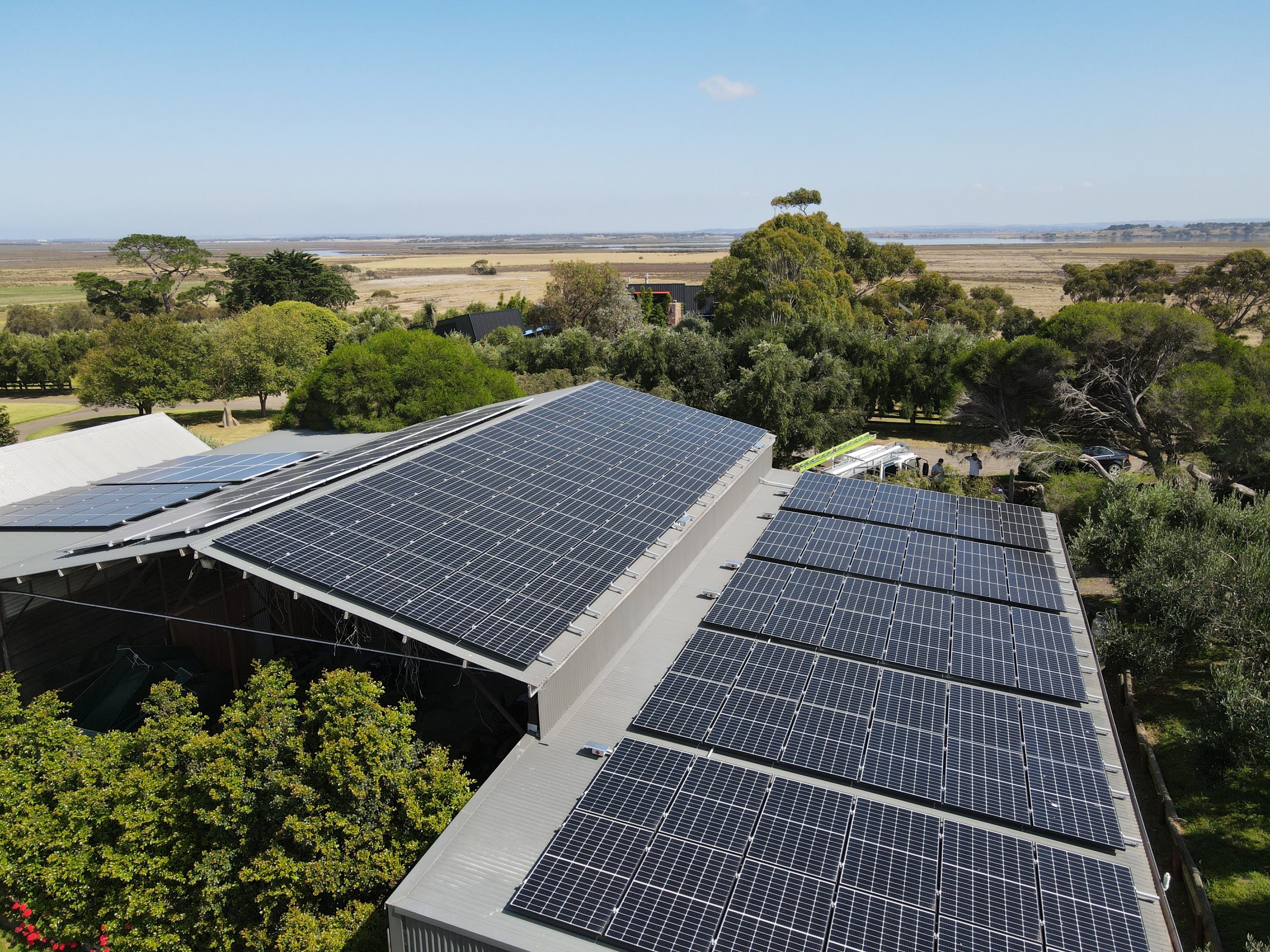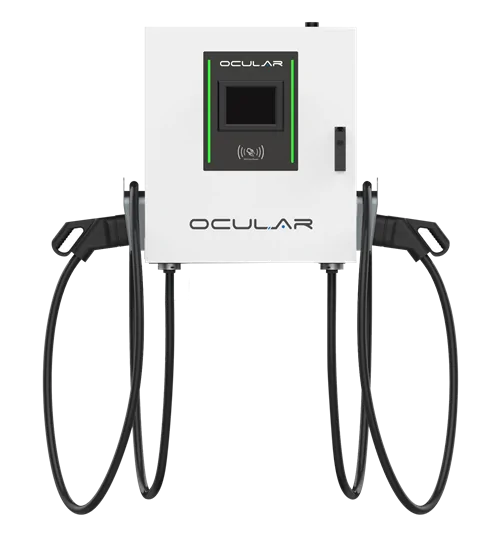
The Problem.
For many rural property owners, the cost and inconvenience of relying solely on grid power can be a significant challenge. The good news is that there are many options available for those looking to decrease their reliance on the grid, including solar power.
One such property owner decided to take the plunge and invest in a solar power system for their residential rural property. By doing so, they were able to significantly reduce their monthly energy costs while still maintaining access to the grid for backup purposes.
The solar power system included a combination of panels and batteries, which provided enough energy to power the home during the day and store excess energy for use during the night or in case of emergencies.
Overall, investing in a solar power system was a smart choice for this rural property owner. It not only helped them save money on their monthly energy bills but also provided them with a reliable backup power source in case of emergencies.

The Answer.
When a Victorian residential rural property owner approached Australian Energy Upgrades, they had a clear goal in mind: to decrease their reliance on grid power as much as possible while still having the grid available for backup. However, the property had a 2 phase supply, which added extra challenges to the installation process.
To address this issue, Australian Energy Upgrades custom designed a solar distribution board and installed a secondary protection relay to ensure the system was compliant and safe. The installation also had to incorporate an existing 10kW solar system into the design.
The final solution was a 52.55kW solar system with 4 Fronius Primo inverters, 2 Australian made Selectronic SP Pro’s, and 48kWh of Australian made PowerPlus Energy batteries. The system was monitored by all three of Solar.Web, Select.Live, and Solar Analytics to ensure peak performance and maximum energy savings.
Thanks to this installation, the rural property owner was able to reduce their reliance on the grid by up to 80%, even with the added challenges of a 2 phase supply and an existing solar system. This installation is a great example of how custom-designed solar solutions can help rural property owners achieve their energy goals and reduce their carbon footprint.


















































